I have daily data for 7 years. I want to group this into weekly data (based on the actual date) and sum the frequency.
Date Frequency
1 2014-01-01 179
2 2014-01-02 82
3 2014-01-03 89
4 2014-01-04 109
5 2014-01-05 90
6 2014-01-06 66
7 2014-01-07 75
8 2014-01-08 106
9 2014-01-09 89
10 2014-01-10 82
What is the best way to achieve that? Thank you
